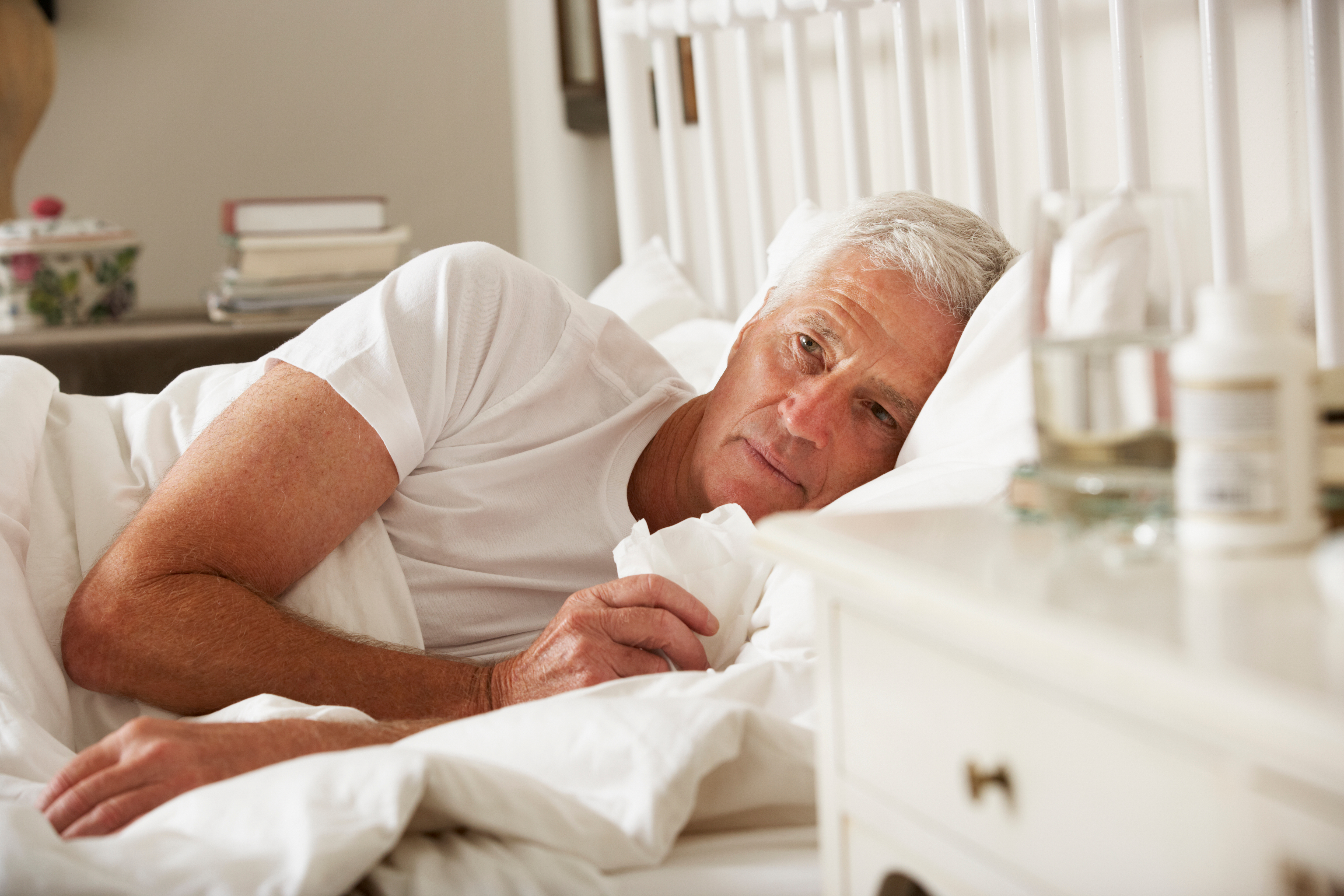Home Care: Practical Tips For Caring For A Covid-19 Patient At Home
April 8, 2020

Chances are, at some point soon, if not already, someone in your circle of family and friends will likely have contracted the coronavirus. And for many, that will mean caring for a loved one at home, as most patients with COVID-19 experience only mild-moderate symptoms and do not end up being hospitalized. Nonetheless, even if not hospitalized, a person with COVID-19 can become quite ill and can easily transmit the virus to others in the household if proper infection control measures and precautions are not taken. For overviews about caring for someone with coronavirus at home, take a look at the recommendations from these trusted sources: The World Health Organization and The Centers For Disease Control.
Essentially, there are 2 concerns at home: Caring for your loved one and monitoring his or her symptoms, and preventing the spread of the virus to other members of the household. Both of these are serious and require vigilance and vigorous measures. The key, to the extent your housing conditions allow, is self-isolation of the patient and as much distance as possible. For couples, that ideally means separate bedrooms and bathrooms, or at least separate beds and stringent bathroom cleaning (read these CDC guidelines for cleaning and disinfecting your household). Experts warn that just 15-30 minutes of sustained contact with an infected person is enough to transmit the virus. Regarding food, the guidance is to serve meals in isolation, delivering food to the entryway and making sure to thoroughly clean and disinfect plates, utensils, etc. when the meal is over. Extra vigilance is also recommended for laundering an infected person’s clothing, including the wearing of gloves and masks, and avoiding shaking the clothes, which may shed the virus into the air. And always wash hands after any contact with the person or his possessions or utensils- and make sure you both wear masks. Finally, weather permitting, open windows to allow for increased ventilation in your home.
When can the isolation of your loved one end? The CDC also has guidance on this, which may differ depending upon whether the person was ever actually tested and confirmed to be infected with COVID-19. The recommendations look at how long the patient has been without fever, evidence of improvement in symptoms and the time frame for when the symptoms first appeared.
What about monitoring symptoms? There are some obvious supportive care measures, including plenty of fluids and Tylenol or other NSAIDS for fever. Of course, you should always check in with the person’s primary care provider, and never rush to the doctor without calling first. For those at higher risk, such as people with a history of asthma, diabetes, heart disease or compromised immune systems, you should contact their physicians if they experience any of the typical COVID-19 symptoms. The CDC advises that if you feel a 911 emergency call for an ambulance is needed, make sure to warn the dispatcher that the person has coronavirus symptoms. None of this is easy, especially when you add in distress about the state of your loved one. But these strategies are essential to help bring your loved one back to health while keeping others in the household safe and uninfected.







